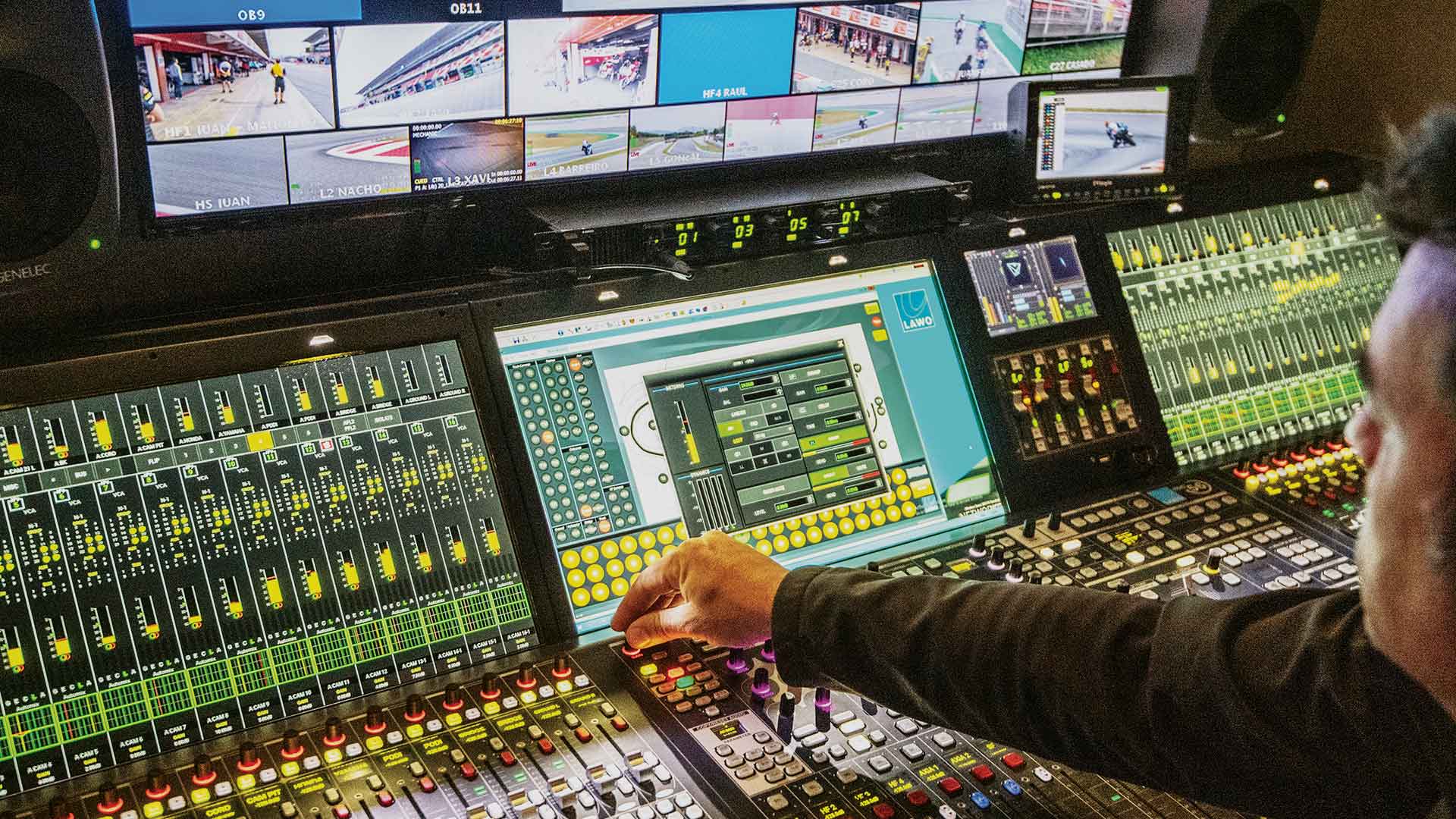The future of remote sports broadcasting is poised for a transformative journey, propelled by technological advancements and changing viewer habits. As the traditional notion of gathering in stadiums evolves, the digital landscape offers a multitude of opportunities to redefine the sports viewing experience. With the advent of virtual reality VR and augmented reality AR, fans can immerse themselves in the action from the comfort of their homes, transcending physical boundaries to virtually step onto the field. VR headsets provide an immersive 360-degree view, allowing viewers to choose their perspective and engage with the game in unprecedented ways. From courtside seats to behind-the-scenes access, the possibilities are endless, creating a personalized and interactive experience that mirrors the thrill of live attendance. Meanwhile, AR overlays real-time data and statistics onto the screen, enhancing the viewing experience with dynamic insights and analysis. Imagine watching a football match with player stats hovering above their heads or instant replays seamlessly integrated into the broadcast. AR enriches the narrative, empowering viewers to delve deeper into the intricacies of the game.

Moreover, the rise of 5G technology promises to revolutionize remote sports 해외축구중계사이트, delivering ultra-fast connectivity and seamless streaming on a global scale. With minimal latency and high bandwidth, 5G enables real-time interaction between fans and broadcasters, fostering a sense of community and engagement. Social media platforms and streaming services capitalize on this connectivity, offering interactive features such as live polls, chatrooms, and virtual watch parties. Fans can connect with fellow enthusiasts, share reactions, and participate in live discussions, amplifying the communal spirit of sports fandom. Furthermore, artificial intelligence AI plays a pivotal role in shaping the future of remote sports broadcasting, powering personalized recommendations and automated highlight reels. AI algorithms analyze vast amounts of data to anticipate viewer preferences, curating tailored content that resonates with individual interests. Whether it is generating customized highlight packages or predicting game outcomes, AI enhances the viewing experience by delivering relevant and compelling content.
In addition to technological innovations, the future of remote sports broadcasting embraces inclusivity and accessibility, catering to diverse audiences around the globe. Multilingual commentary and subtitles break down language barriers, enabling fans from different regions to enjoy the game in their native tongue. Furthermore, customizable accessibility features accommodate viewers with disabilities, ensuring that everyone can fully participate in the sports viewing experience. Audio descriptions for visually impaired viewers and closed captioning for the hearing impaired enhance inclusivity, fostering a more equitable and immersive environment for all. As the boundaries between physical and digital worlds blur, the future of remote sports broadcasting holds immense potential to redefine the way we engage with sports. From immersive VR experiences to interactive AR overlays, technological innovations enrich the viewing experience, while 5G connectivity and AI-driven insights foster community and engagement. Embracing inclusivity and accessibility, remote sports broadcasting transcends barriers, uniting fans from diverse backgrounds in their shared passion for the game. As we venture beyond the stadium, the future of sports broadcasting is boundless, promising a new era of innovation, connectivity, and excitement.